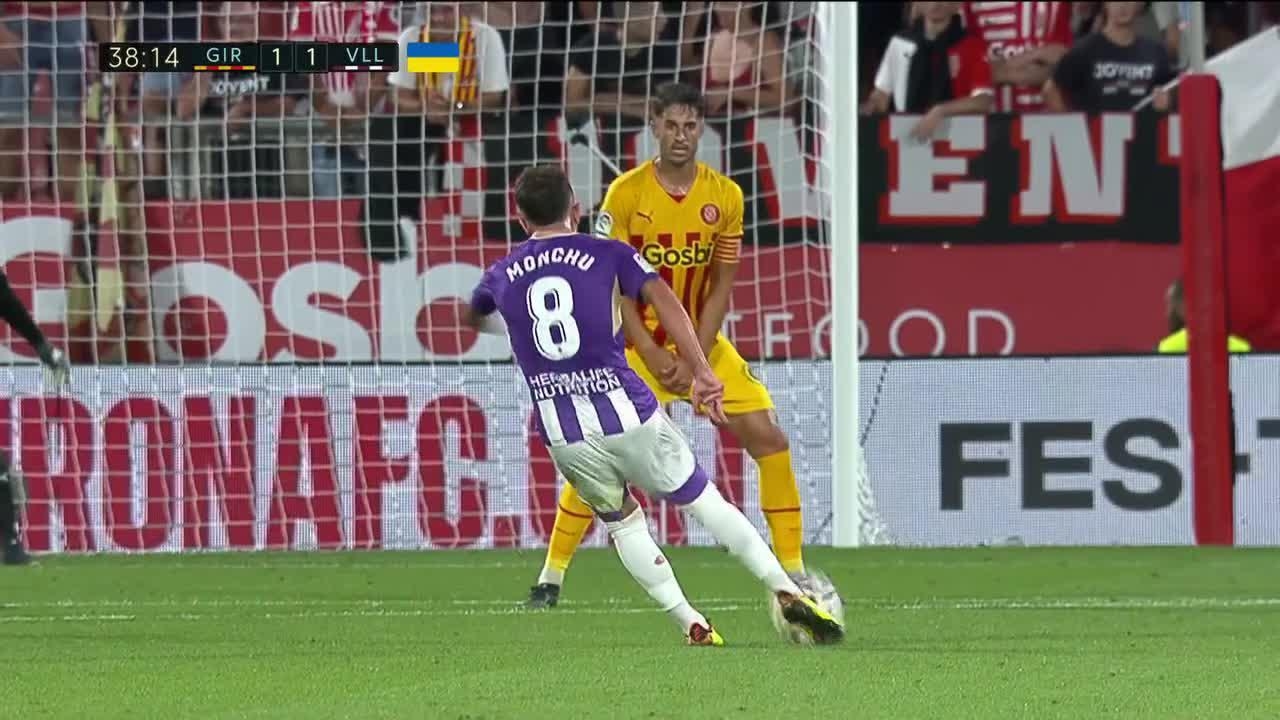

The bearer cheque is payable to the person who presents is at the bank for payment. The unique feature of a bearer cheque is that it does not contain a name designated as the payee. What is a Bearer cheque?Īs the name suggests, the bearer cheque is payable to the cheque holder/ bearer. After the expiry period, no payments will be made by the banks against this cheque. If a cheque is presented for payment after 6 months from the date of the cheque, it is called a stale cheque. A post-dated cheque cannot be honoured earlier than the date on the cheque. If a cheque bears a future date (yet to arrive), then it is known as a post-dated cheque. These types of cheques are valid up to 6 months from the date of issue. Anti dated Cheque:Ī cheque where the drawer mentions the date earlier than the date on which it is presented to the bank, is called an “anti- dated” cheque. It is used to directly credit the bank account of the payee, making it a must safer instrument. Crossed cheque cannot be encashed at the bank counter. SEE ALSO: What Is Account Payee Crossed Cheque And Bearer Cheque? Crossed Cheque:Ĭrossing of cheque means drawing two parallel lines on the left corner of the cheque with or without additional words like “Account Payee Only” or “Not Negotiable”. An open cheque can be a bearer cheque or an order cheque. The payment for these kinds of cheques can be obtained from the bank counter. When a cheque is not crossed, it is known as an open cheque or an uncrossed cheque. So, the order cheque can be transferred by the payee by signing his/her name on the back of the cheque. An order cheque is payable to the person specified therein as the payee, or to the person to whom the cheque is endorsed. When the words “or bearer” printed on the cheque is cancelled and the word ‘order’ is mentioned on the face of the cheque, this cheque is an order cheque. In case they are lost, the person who finds the cheque can encash it. However, these cheques are risky because they can be misused. In simple words a bearer cheque refers to a cheque that is payable to the one who presents it at the bank. Bearer cheque can be transferred by delivery and does not require an endorsement. When the words “or bearer” printed on the cheque are not cancelled, it is known as a bearer cheque. Listed below are the different types of cheques: Bearer Cheque: Though cheques have been in use for a long time, many people do not know the difference between various kinds of cheque and their purpose. Differences Between Account Payee, Crossed And Bearer Cheques
DRAWEE VS ACCOUNTEE FREE
We only provide FREE financial advice/education to ensure that you are not misguided while buying any kind of financial products. is not a seller of any financial products. Just give us a missed call on 022 6181 6111 to explore our unique Free Advisory Service.

Want to know more on Fixed Deposits? We at will make it easy for you. It consists of various fields where the drawee enters the amount to be paid, name of the person in whose name the cheque is issued, date and signature.

A cheque comes in the printed form and is issued by the bank, when an account is opened. A cheque is an important negotiable instrument and payments made through cheque are safe and convenient. → The modified pattern information will be saved.Ĭopyright © 2019 Business Engineering Corp.A cheque is a document that directs the bank to pay a specific amount from the drawee’s account to the person in whose name the cheque has been issued. → The details of the data to modify will appear in the
DRAWEE VS ACCOUNTEE REGISTRATION
In "Register Continual Accountee, " the new registration and the modification of "claims pattern" combinations to be used with "Correspondent" will be made. Procedure for registering continual accountee


 0 kommentar(er)
0 kommentar(er)
